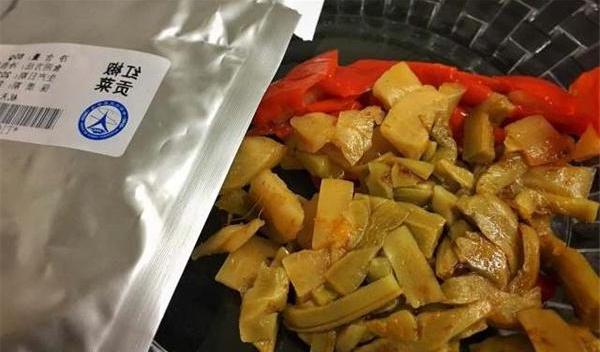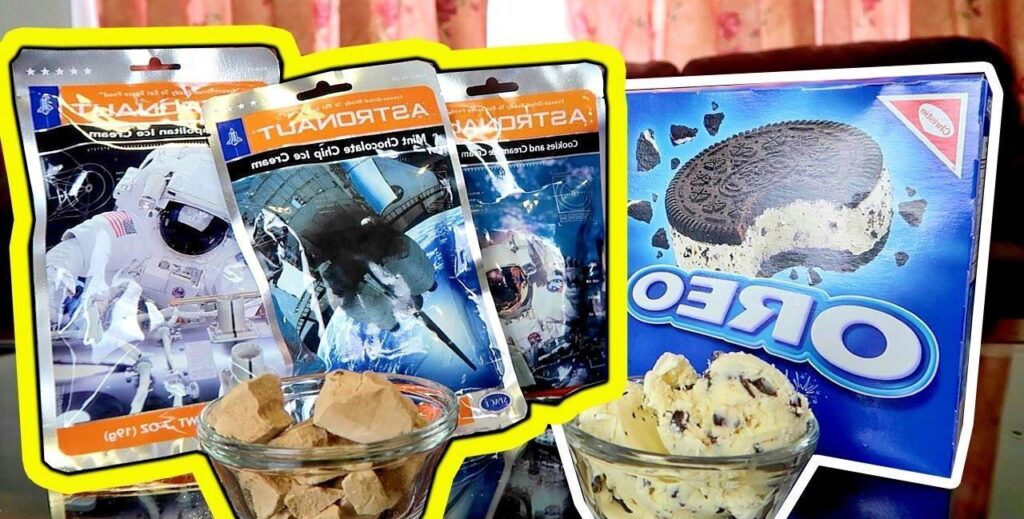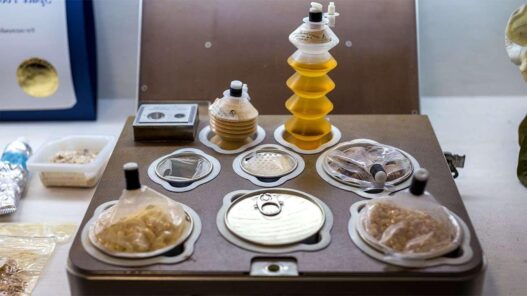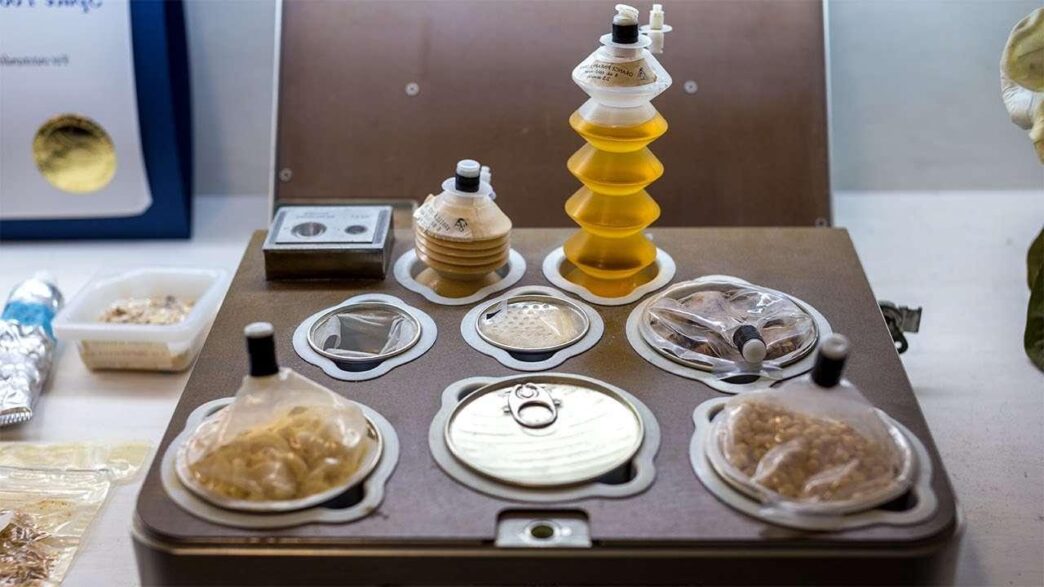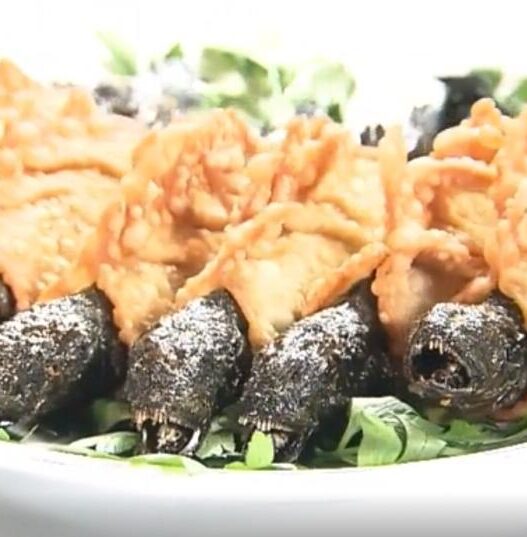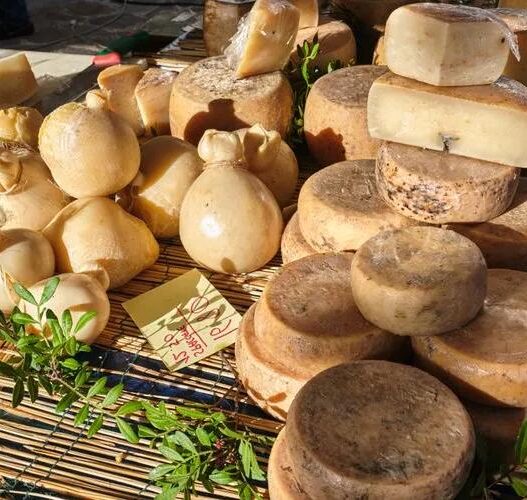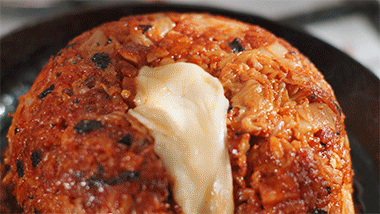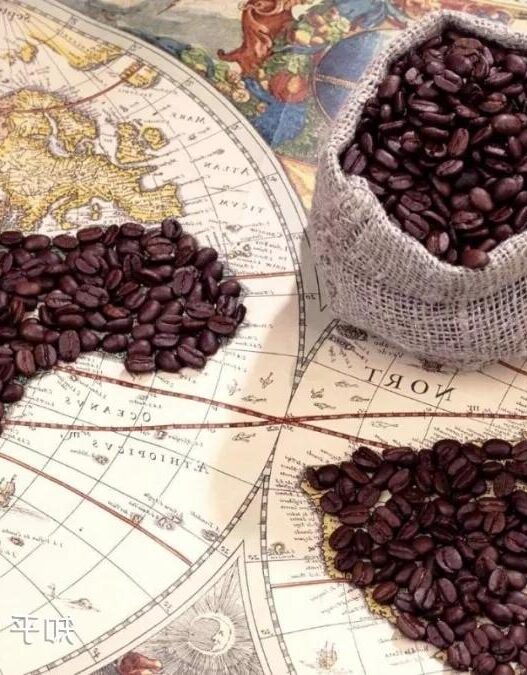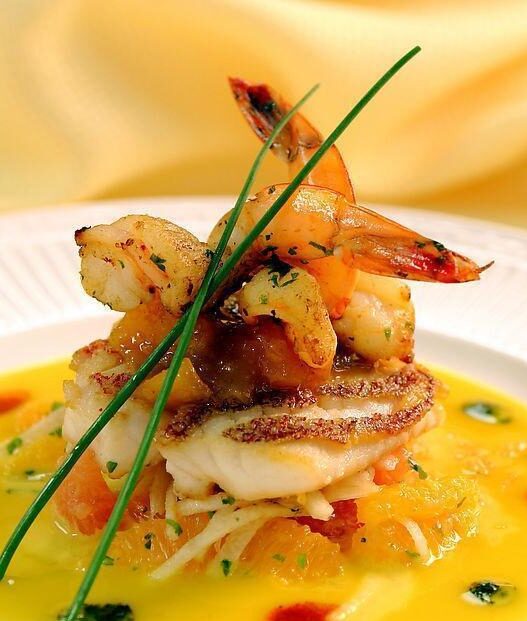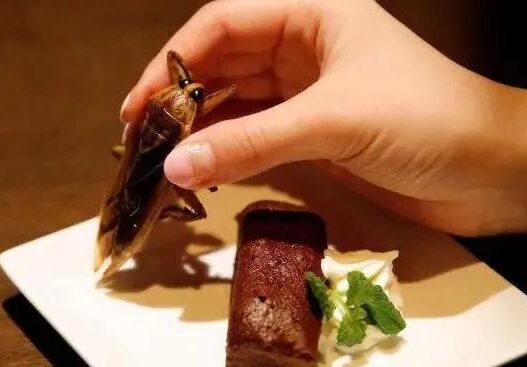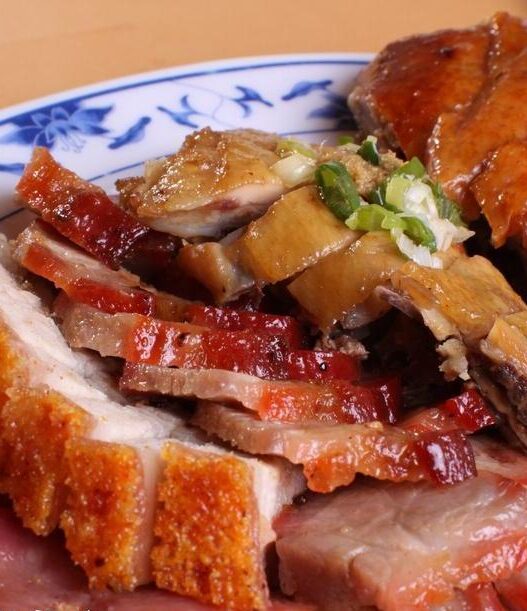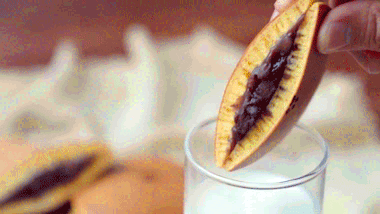At the beginning of 2018, Elon Musk, the Iron Man of our times, successfully launched the SpaceX Falcon Heavy into space, along with a Tesla car and a dummy passenger, causing a frenzy among tech enthusiasts. My social media feed was flooded with posts marveling at how, while Chinese entrepreneurs and business leaders are still fighting over petty disputes and personal interests, American entrepreneurs have their sights set on the vast cosmos, highlighting the difference in vision!
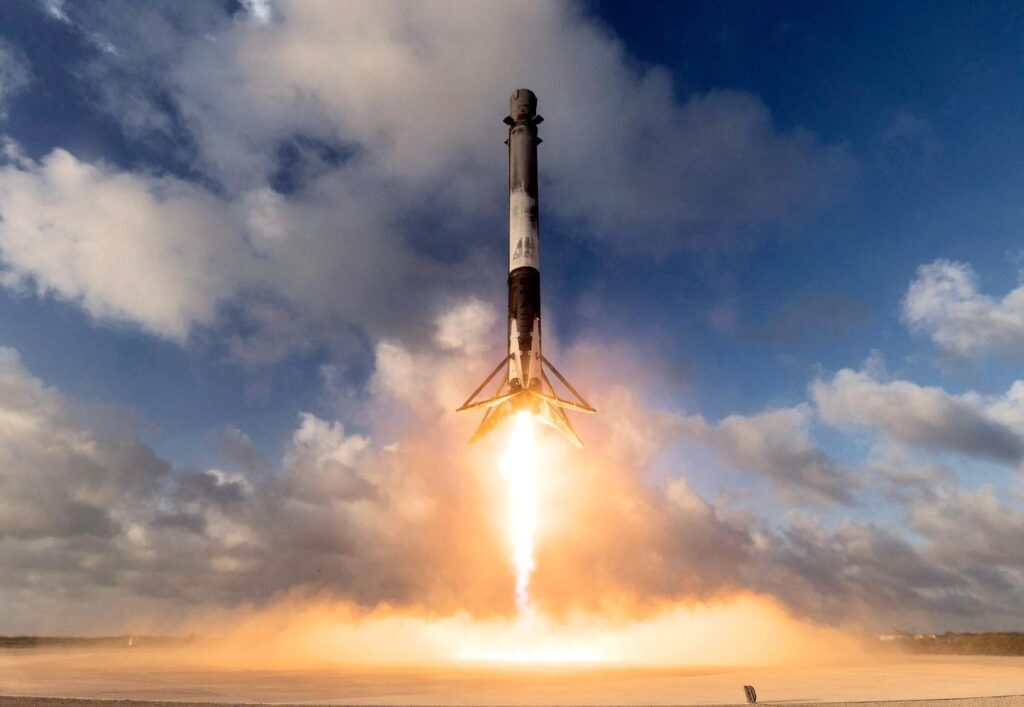
As a startup founder with a glamorous exterior but a tough inner life, I consider myself an “idealistic realist.” Although I face daily challenges in the development of my company, I deeply respect those dreamers who stay true to their aspirations and have grand ambitions.
Musk’s “Mars Colonization Plan” seems to have moved a step closer to reality with this launch. While I doubt I’ll live to see it, thinking about the possibility for my descendants to live on another planet sparks my curiosity. And as a seasoned foodie, I’m particularly interested in what there is to eat in outer space. Since there’s not much to compare it to, let’s explore what astronauts eat on their space journeys.
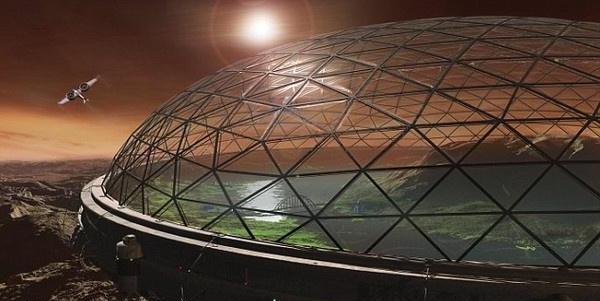
The Dining Environment in Space
Astronauts living on the International Space Station (ISS) spend long periods in a weightless, sterile environment where maintaining nutritional balance is crucial, with taste being secondary. All space food undergoes special high-temperature vacuum processing, ensuring that even when opened, food doesn’t float around, allowing for long-term storage without contaminating the sterile environment.
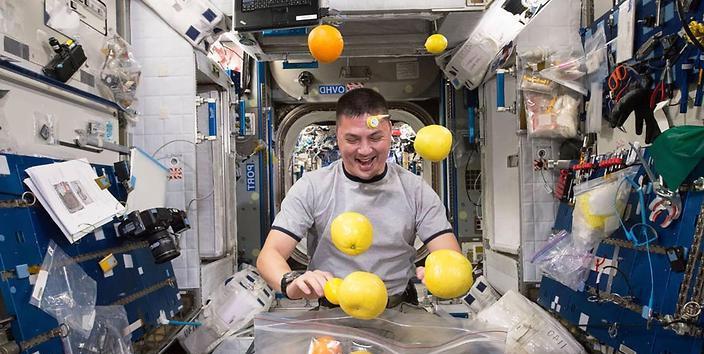
Meal safety requirements are much stricter than on Earth, with strict regulations on meal times, food weight, and volume. Foods are designed to provide hydration as well, so semi-solid foods are predominant. Packaging is also carefully considered, often using gelatin or protein films to avoid food crumbs, which can be extremely dangerous if they float around, potentially damaging the astronauts’ respiratory systems or delicate machinery.
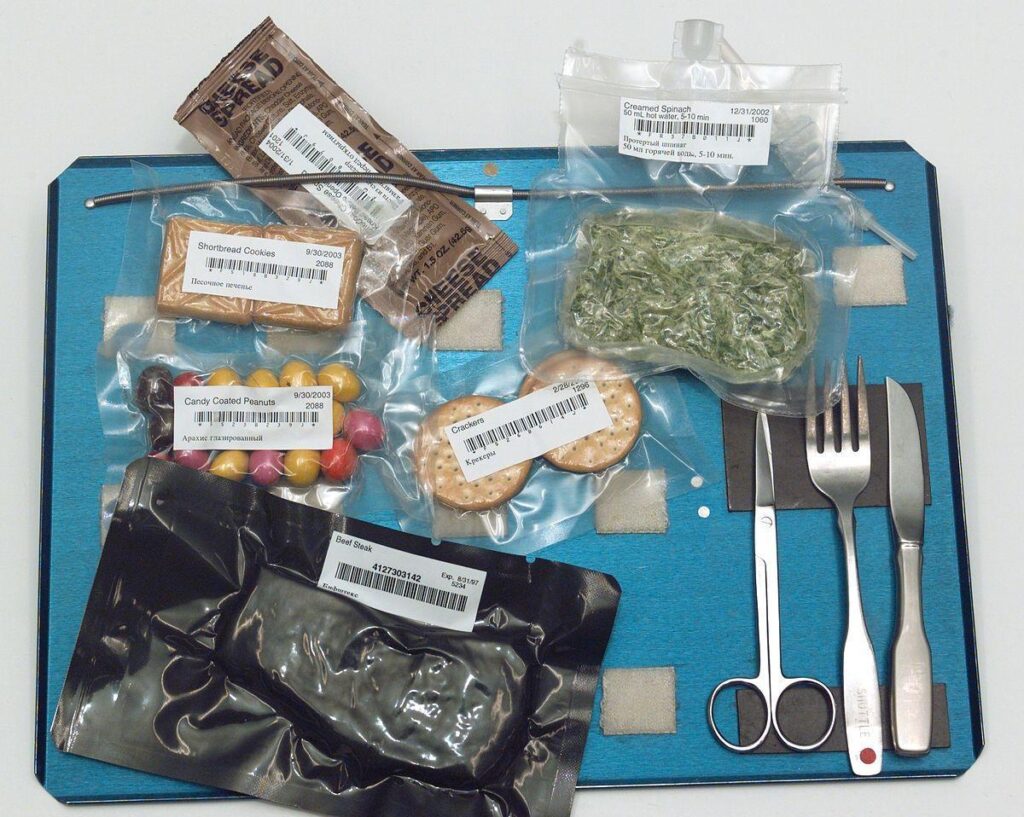
Imagine how you’d eat in a space station:
- Eating while jumping
- Eating upside down
- Eating while floating on water
- Eating while doing somersaults…
Astronauts’ Food: Love Is Not Easy
Speaking of food variety, this is something space agencies are continually working to improve. For a Mars mission, the space station doesn’t have much room for food storage, making it less luxurious than even submarine life, where at least there’s a kitchen to cook. Dreaming of cooking in space is out of the question; astronauts mostly eat from a standard menu.
Each astronaut is precious, and any illness can jeopardize the entire mission. Besides necessary health measures, food is the biggest risk factor; any spoiled or expired food is strictly forbidden. Once you leave Earth, returning isn’t as simple as just coming back; all supplies need to be stocked for the entire duration, making food shelf life crucial. On Earth, we’re told to avoid leftovers, but in space, if the mission lasts three years, the food must last at least that long while also providing nutrition and calories.
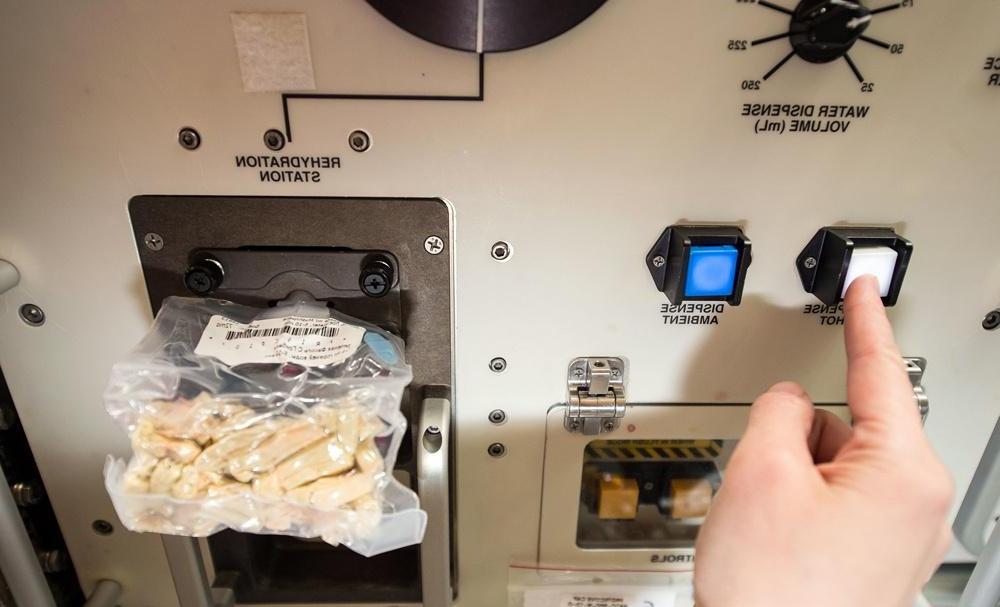
Before being sent into space, food is pre-cooked, then undergoes heat treatment, freeze-drying, and a rigorous vacuum sealing process, serving as the astronauts’ sustenance for years to come. Imagine being on the space station for two and a half years, eating the same soft, pre-cooked green beans from two and a half years ago, with only a handful of food options. Suddenly, the “Mars Colonization Plan” doesn’t sound so appealing, does it?
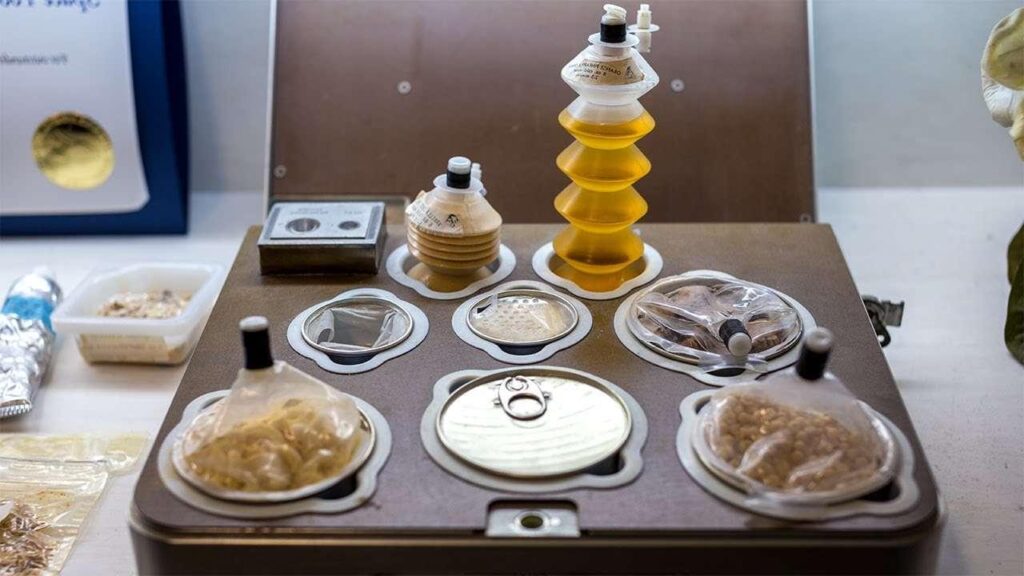
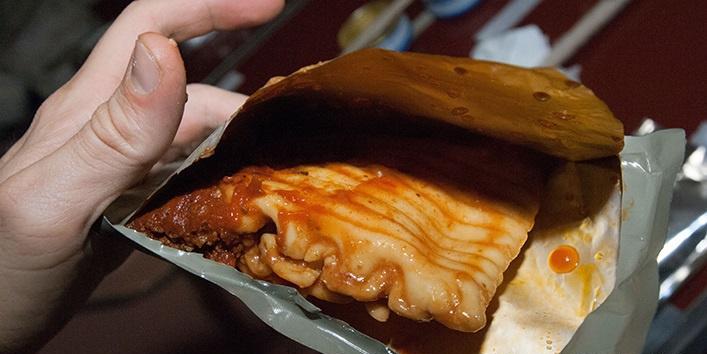
Taste isn’t something to hope for, and the nutritional value of space food also rapidly decreases over time. Vitamins get oxidized, so astronauts must take daily vitamin supplements to ensure nutritional balance. Picky eating is out of the question; to avoid muscle atrophy and bone loss in prolonged weightlessness, astronauts must stick to a strict exercise regimen. If you’re fussy about your food, you might not make it back to Earth.
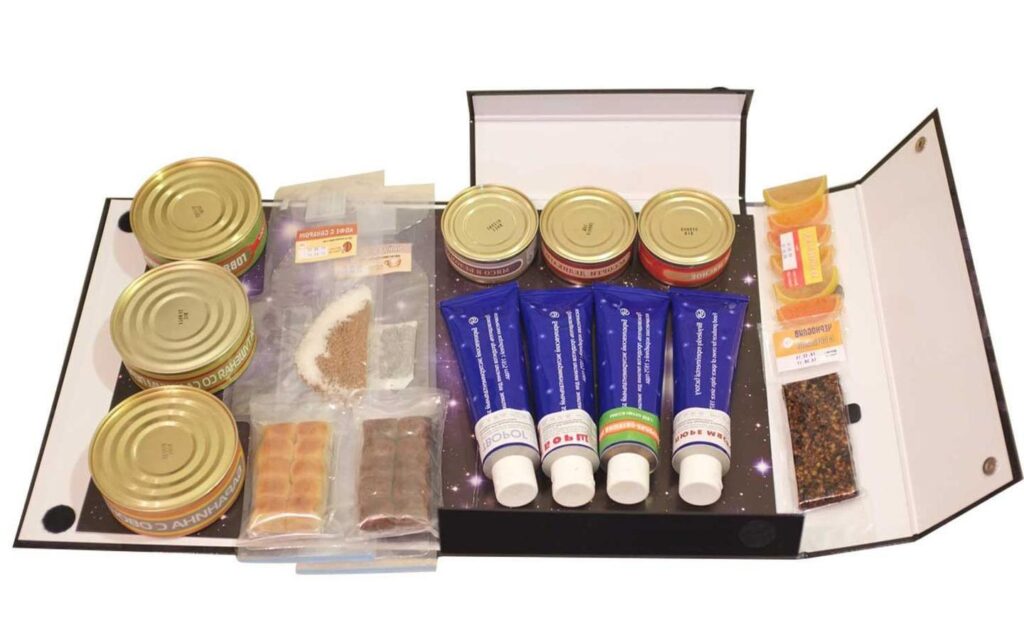
Monotonous Space Meals, Yet with Small Pleasures
In space, human taste buds are less sensitive, so astronauts develop a taste for strong flavors, with various sauces (mustard, mayonnaise, hot sauce, and the magical Chinese “Lao Gan Ma”) being essential. In the early days of space exploration, food was quite limited, and in the isolation of space for a year or even years, finding joy in adversity is a way of life.
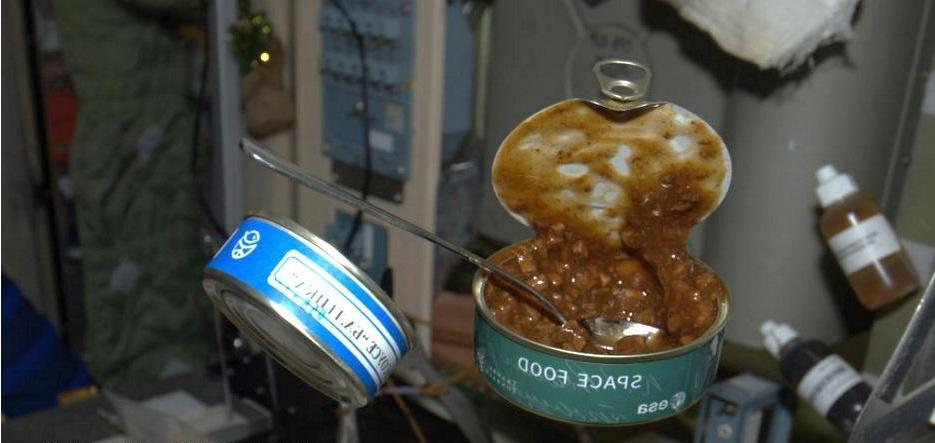
Early Space Meals
The U.S. and the former Soviet Union were the first to venture into space. In the 1960s, space food was paste-like, squeezed into aluminum tubes, and eaten like toothpaste or “sludge.”
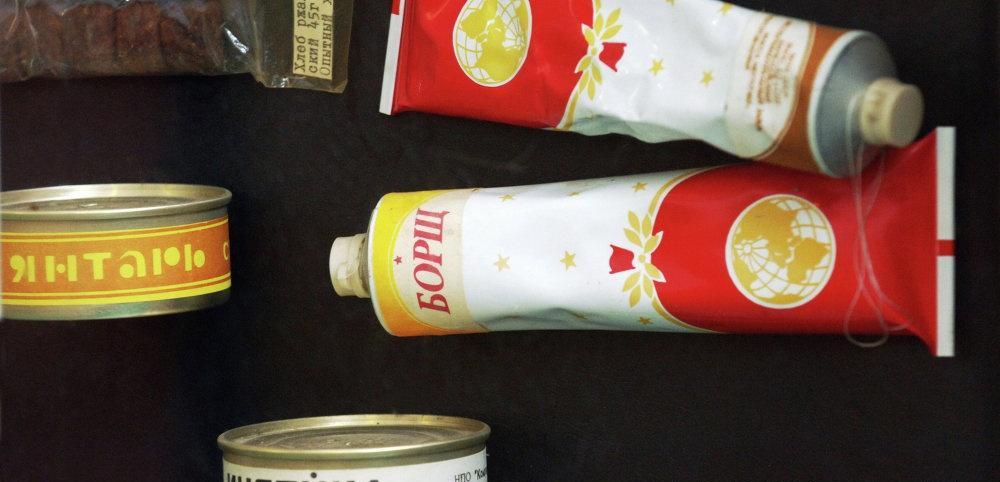
There were also foods compressed into biscuit shapes, but they were small, with astronauts eating one in a bite.
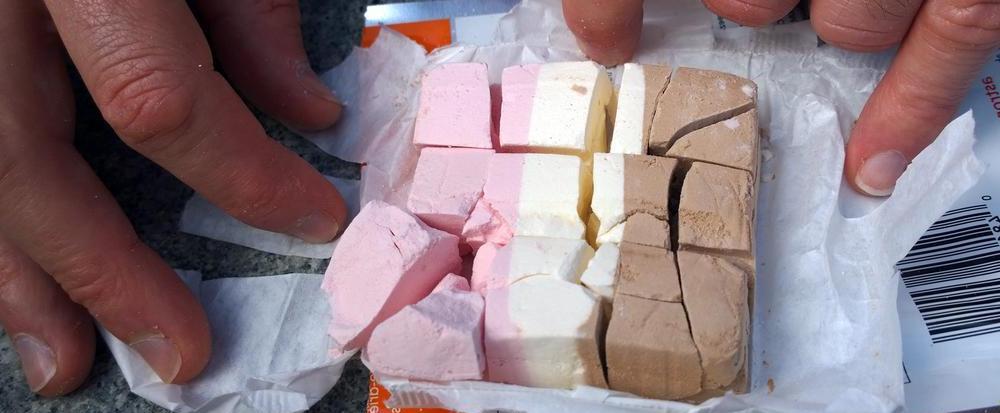
Dried foods like pasta could be rehydrated with hot water.
In that era, toothpaste-like food was the norm, and NASA astronauts reportedly detested this sticky space food, eating purely out of necessity.
Modern Space Meals
Eating toothpaste every day isn’t exactly competitive employee benefits. Space agencies worldwide have been actively working to improve astronauts’ lives in space. By the 1980s and 1990s, food variety had significantly increased, with most Earth ingredients now available in space.
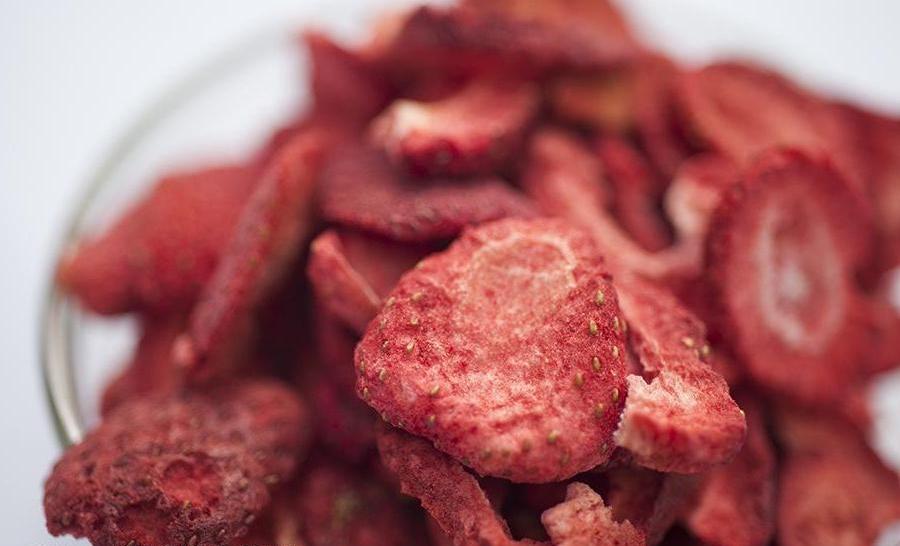
Now, space stations have “space kitchens,” and the quality and quantity of space food have improved dramatically, making it possible to have different meals every day of the week. Astronauts from different countries share their food and stories, adding some fun to the otherwise monotonous space life.
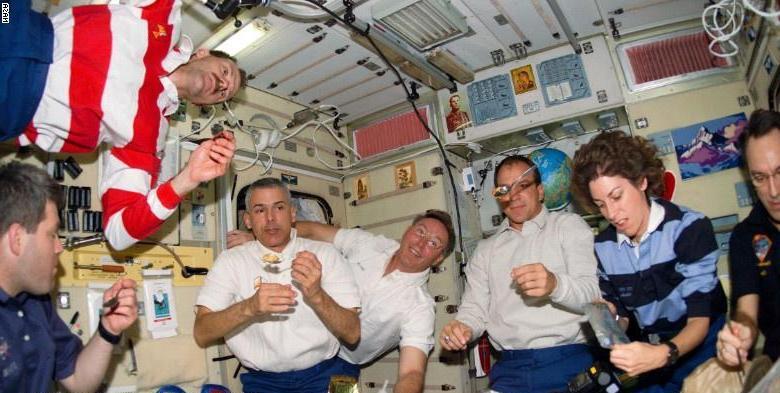
American Astronauts uphold the fast-food culture of burgers and Coke, with meals like hamburgers, salads, sausage pies, brownies, and cream of green bean soup… Coca-Cola is a must, and on Thanksgiving, they can even enjoy a turkey feast.
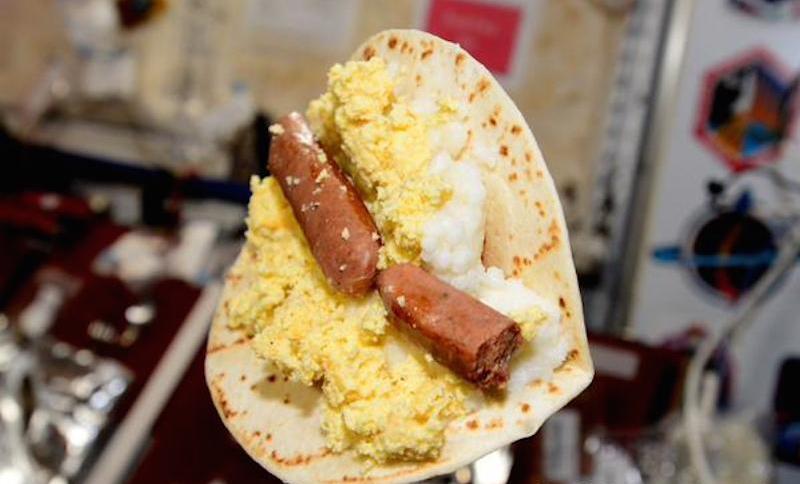
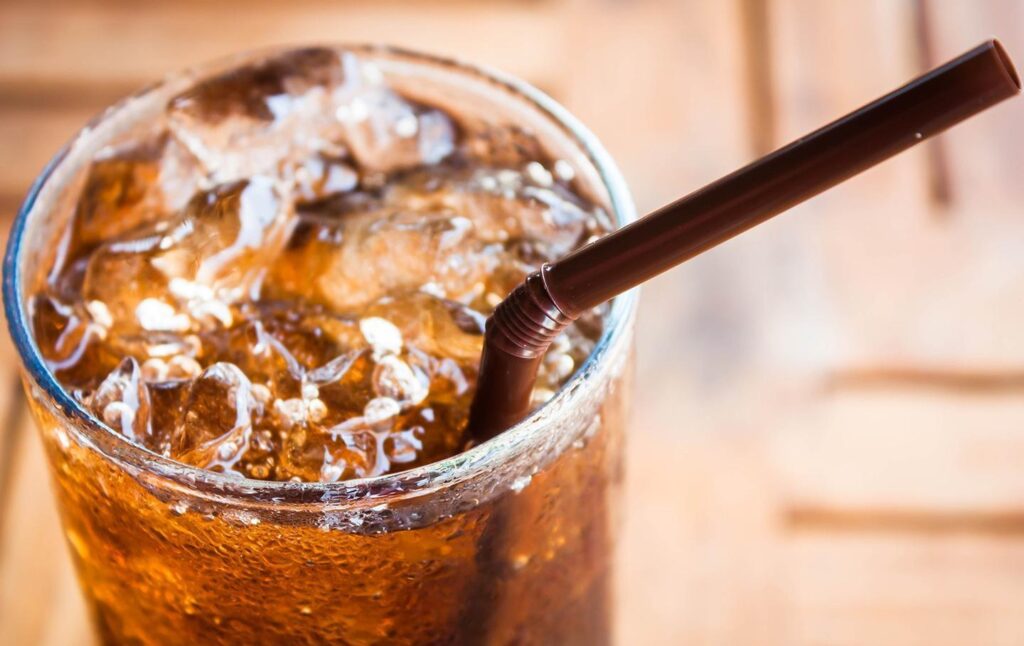
Russian Astronauts eat similarly to what they would on Earth, with their preference for high-calorie, strong-flavored dishes: rye bread, Russian cheese, caviar, ham, borscht, and jellied meats, among others.
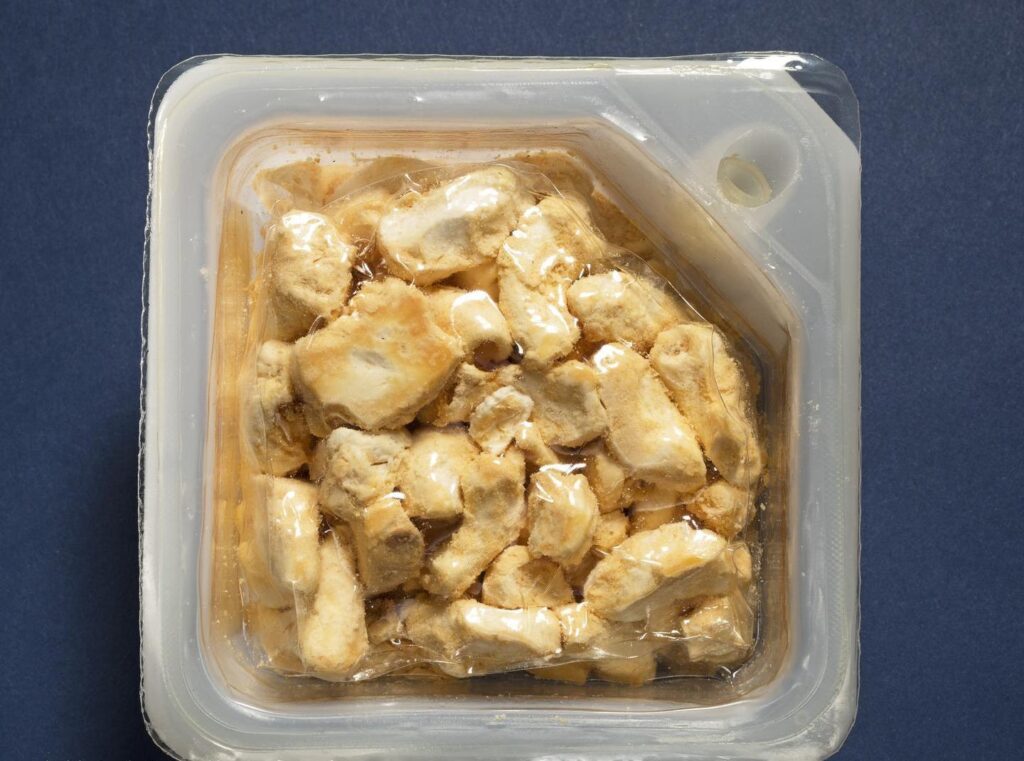
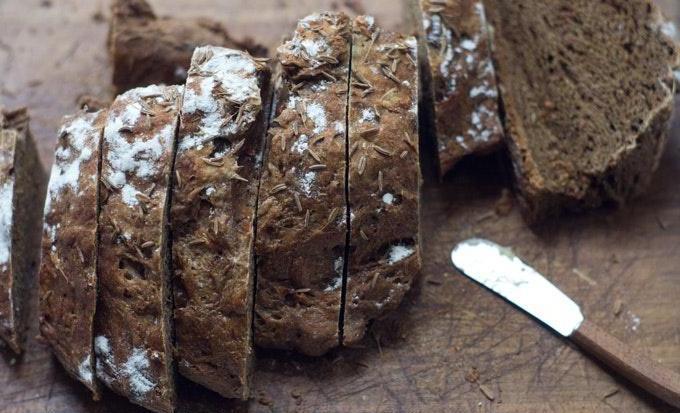
Japanese Space Food follows traditional tastes, focusing on Japanese cuisine with sushi, ramen, natto rice, wagashi, curry meat cutlets, fish, and pork bone soup.
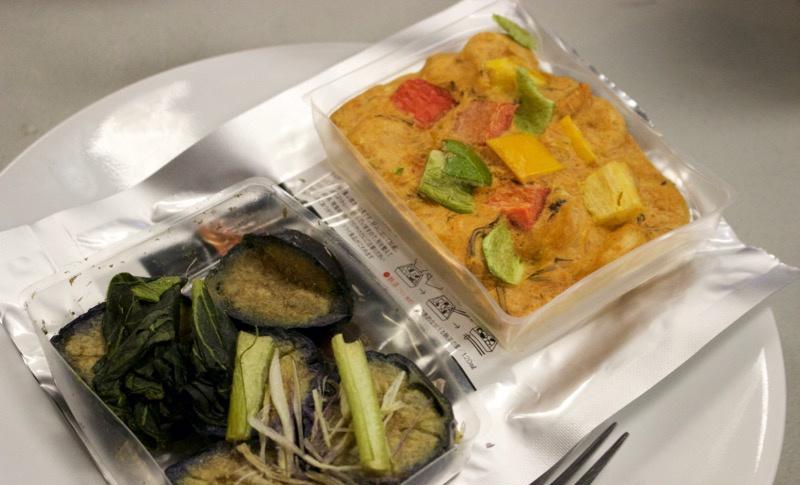
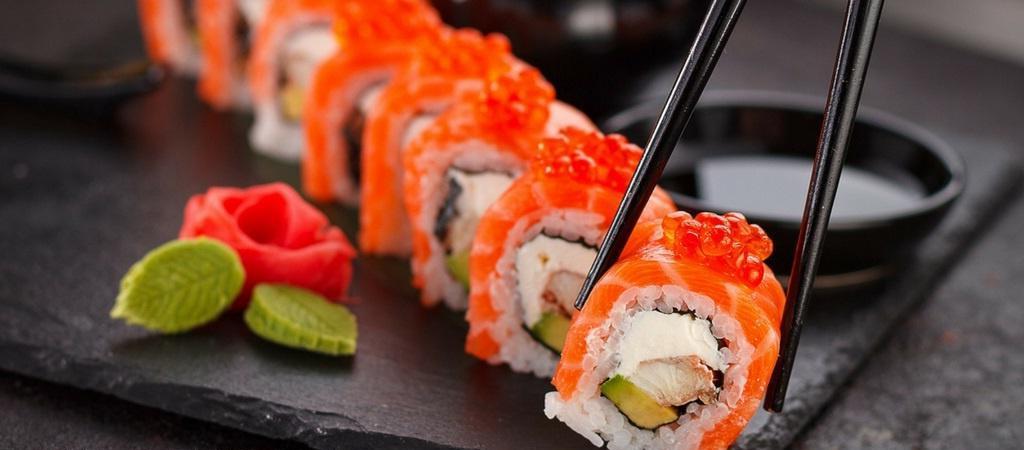
China, a culinary powerhouse, offers even richer options, providing over 70 different Chinese dishes and numerous Western dishes:

Fish-flavored pork, Moo Shu pork, dry-braised king oyster mushrooms, braised beef, eight-treasure rice, sticky rice dumplings, fried noodles, various pastries…And even hot tea, almost like eating on Earth. With China’s foodie spirit, I have no doubt that the day when Chinese astronauts can enjoy hot pot in space is not far off.
